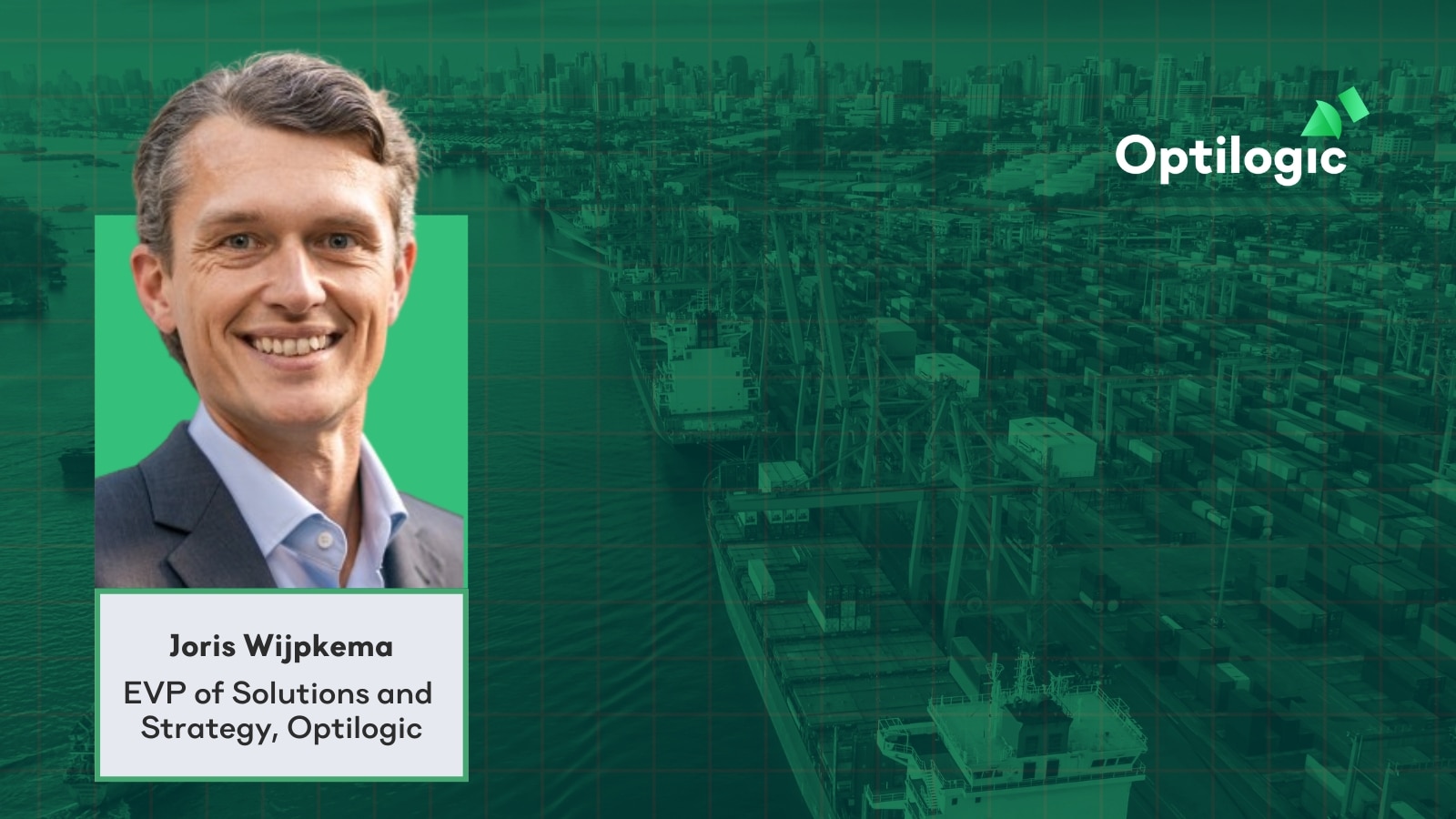Blog
Why We Need to Redefine Supply Chain Design
PUBLISHED ON:
August 24, 2022

Subscribe to Receive the Latest Supply Chain Design Resources
Time to Start Over with Supply Chain Design: How teams are built, the technology used, the scope of what’s modeled, and the metrics that define a “good” supply chain design
For the last few years, the team at Optilogic has been busy rethinking the approach to Supply Chain Design. As most of the team has been working in this space for the past decade or two (or more for some of us), we’ve been seeing a need to shift how we model supply chains, what metrics are most important, and what technology to use to successfully deploy supply chain models, simulations and optimizations. Here are my two cents on the matter:
Risk and Visibility is all Around Us
We’ve lived through times of uncertainty, where our supply chains were at the mercy of the unknown. Hell, we’re still in it and it’s 2022! So, what happened to the supply chain over the past few years? And why did things seem to work so well just a few years ago when organizations seemed to be humming? Well, a lot has happened, the list below may not include everything, but supply chains are getting beaten up across the vicious cycle of source, make, deliver, service, repeat. It’s tough out there:
- Climate-related events and Natural Disasters
Fires, Hurricanes, Floods, Earthquakes, Mudslides, Tsunamis - Digital consumer shifts and preferences, service requirements, accessibility
- Tariffs, trade wars, geo-political impacts
- Pandemic shutdowns
- Imbalances in supply across key materials
Wood/paper, semiconductors, wheat, steel, copper, etc. - Labor shortages, labor costs, labor skill changes
- Wars, Territorial Arguments
Ukraine, Taiwan/China tension, North Korea - Inflation and impact on transport, material, and production costs
Nobody could predict the 2020 pandemic and look how that turned out. Let’s not let history repeat itself. Let’s gain more visibility into our supply chain through the design process. Let’s become proactive with our risk mitigation instead of reactive. Companies need to develop supply chain models that have enough detail to address what happens in the real world, design their end-to-end supply chain with variability at its foundation and bring risk assessment into the supply chain design process.
Why Simulation is a Must-Have for Supply Chain Design Projects
One thing I can say for certain is that only having an optimization model that makes simplifying assumptions on lead times, demand, and service isn’t enough to make good design decisions. Variability – in all aspects – demand, supply, production, transportation – need to be modeled to understand how best to design your supply chain. And simulation is the best solution to use for modeling variability. Simulation also provides the ability to model down to the order level and SKU level detail, allowing for insights on feasibility that optimization alone cannot provide.
While past solutions have tried to incorporate simulation into design processes, they had their problems. They’re notorious for being difficult to use, they lack scalability and customization features, they aren’t cloud-based, and they incorporate policies that do not reflect real-world processes around end-to-end supply chain practices. For example, the ability to model push vs. pull processes, or replenish/make to forecast processes – most simulations have difficulty modeling these real-world policies. Even if you could look past that, the data required was oftentimes too much for an organization to collect. Clearly, this does not reflect the reality we live in.
Throwing in a quick little brag – The Optilogic team is working on addressing these kinds of issues and believes simulation is essential to understanding what makes a good supply chain. After all, our team knows a bit about those past simulation tools since we built a few of them ourselves.
Related Blog: The Convergence of Optimization, Simulation and Risk to Formulate Holistic Supply Chain Strategies
More Than Lip Service Should be Made to Modeling Risk
I’ve been a part of the supply chain industry for a long time and I’ve noticed an unsettling theme over the years: risk scenarios are often in the discussion, but when push comes to shove, they’re on the back burner. Very rarely has there ever been a clear plan for how to manage these risks – how to assess, understand and design for risk.
When our team is on a project and they ask executives how they measure risk for their supply chains, the answers are mixed. Many state that they don’t really have a standard way of defining risk. Our supply chains make or break our livelihood – how could we not have some standard method for assessing risk? This is why Supply Chain Design analysis needs to incorporate a comprehensive and standard way to score risks for every model and compare outputs for these models across risk, service, and costs. *wink wink, nudge nudge* We’re building a risk engine in our solution so executives can understand the tradeoffs they are making when considering a lower-cost solution with higher risk.
Related Blog: 5 Things OptiCon Taught Us About the Future of Supply Chain Design
Executives Need to be Involved in Understanding Models
“So what’s the answer” is what we hear a lot of times from executives leading Supply Chain Design projects. They leave the details to an analyst, who may be skilled at data collection, model building, optimization, and output visualization – but may not know the overall strategic objective of the company or what elements of the supply chain are more fragile than others. And while many design projects look at capacity and costs, little time is spent on understanding customer demand, and service metrics like order fill rates, and margin metrics. That doesn’t sound effective to me.
Here’s Optilogic’s proposal: before a Supply Chain Design project begins, have a sit down with team members and invite executives, analysts, and functional leads in order to fully lay out the overall objective of the project: what data elements across the end-to-end supply chain will be modeled, what key assumptions and how key metrics will be calculated such as service, future demand, and margin per product. Too many times these important questions were left to lower-level analysts, with executives not fully understanding the implication of “the answer”. A lot of this is related to the process side of Supply Chain Design, which is as equally important to the quality of the analysis as the data and solver outputs.
At Optilogic, we’re redefining Supply Chain Design and building a new standard for end-to-end supply chains. We are keeping variability top of mind, modeling with optimality and feasibility through both optimization and simulation, and assessing risk so executives can understand the tradeoffs between different scenarios. Stay in the know with what we’re up to at Optilogic by subscribing below.
About the Author:
John Ames
John is the Vice President of Business Development at Optilogic. Prior to joining, he was part of the leadership team at LLamasoft, Inc. helping the company go from 12 people to over 500 across 10 years, with roles in pre-sales, professional services, alliances, and country manager. John also worked in pre-sales and business development roles for several small supply chain companies with technologies in inventory optimization, demand planning and causal forecasting, network optimization, S&OP, and finite capacity scheduling.


